[Date Prev][Date Next][Thread Prev][Thread Next][Date Index][Thread Index]
Reply to: [list | sender only]
Re: [ddlm-group] CIF-2 changes
- To: Group finalising DDLm and associated dictionaries <[email protected]>
- Subject: Re: [ddlm-group] CIF-2 changes
- From: James Hester <[email protected]>
- Date: Fri, 30 Oct 2009 07:42:51 +1100
- In-Reply-To: <[email protected]>
- References: <C70E140F.12220%[email protected]><[email protected]>
As the syntax that we have been developing now stands, the only reason for not using square brackets is so that it will be possible to correctly parse a CIF in which a space is accidentally missing between a dataname and a bracketed list. This seems to me to be a pretty minor reason to fiddle with the bracket syntax, but having got that off my chest I don't have any objections to the revised syntax. NB I believe Nick would like to drop the concept of tuples in DDLm and dREL altogether, with which I also agree. On Thu, Oct 29, 2009 at 10:31 PM, Herbert J. Bernstein <[email protected]> wrote: > I have no objection to Nick's approach. �I would suggest a straw vote as > soon as possible, so that we can have move forward on coding. �So to be as > specific as possible, here is what I think Nick is proposing: > > � 1. �All the bracketed constructs in a CIF be delimited by {}: > � � � �Lists: �{ ..., ... } > � � � �Tuples: { ..., ... } > � � � �Arrays: { ..., ... } > � � � �Tables: { key:value, key:value } with the distinctions among them > made primarily by the type specifications. Note that the key in a table > should be a quoted string. > > � 2. �That array dimensions in a CIF also be delimited by {} as in > {3} or {3,4} > > � 3. �That the same changes be made in dREL > > (Nick, did I get that right?) > > I can work with all of the above, and I suspect Nick is right about the > long-term value of consistency here, and reasonably strong typing does > tend to reduce coding errors. �What do other people think? > > Regards, > � Herbert > > ===================================================== > �Herbert J. Bernstein, Professor of Computer Science > � �Dowling College, Kramer Science Center, KSC 121 > � � � � Idle Hour Blvd, Oakdale, NY, 11769 > > � � � � � � � � �+1-631-244-3035 > � � � � � � � � �[email protected] > ===================================================== > > On Wed, 28 Oct 2009, Nick Spadaccini wrote: > >> The move away from [] lists to {} lists (thus overlapping with {} >> associative arrays) had to do with cleaning up the syntax under CIF-2. >> >> There are legacy issues with existing CIF data names with embedded [] which >> meant that using [ to initiate a list would come unstuck. >> >> Accordingly to simplify matters and to move forward, I proposed using {} to >> define lists or associative arrays. The complication to the parser is that >> you must start to look inside the object to determine which it is. >> >> That is CIF. dREL is a different matter but consistency is a good thing, so >> that it makes sense to keep the syntax the same as a CIF data file. Hence >> your transcription of the dREL code is correct. It makes my work a lot more >> difficult of course because until now I just called up a Python parser to >> handle almost all of dREL. >> >> Such is life. >> >> >> On 25/10/09 10:24 PM, "Herbert J. Bernstein" <[email protected]> >> wrote: >> >>> Dear Colleagues, >>> >>> � �Please take a look at the dictionaries I have drafted at >>> >>> � �http://vcif.sf.net/cif2_dicts >>> >>> and tell me if I am on the right track in trying to convert to CIF-2 >>> format dictionaries. �I have taken all the August 2008 () style tuples in >>> the upper level and converted them to October 2009 CIF-2 {} style lists. >>> I have not changed any array dimension specifications, e.g. [*], nor the >>> innards of any methods. >>> >>> � �Questions: >>> >>> � �1. �Should the dimensions be changed, e.g. from [3] to {3}? >>> � �2. �Should there be any changes in dREL methods themselves? >>> >>> For example consider: >>> >>> ====== >>> save_function.SymEquiv >>> � � �_definition.id � � � � � � �'function.SymEquiv' >>> � � �_definition.update � � � � � 2007-10-11 >>> � � �_description.text >>> ; >>> � � � The function >>> � � � � � � � � � � � xyz' = �SymEquiv( symop, symcat, xyz ) >>> >>> � � � returns a fractional coordinate vector xyz' which is input vector >>> � � � xyz transformed by the input symop 'n_pqr' applied to the symmetry >>> � � � equivalent matrix extracted from the category symcat. >>> ; >>> � � �_name.category_id � � � � � �function >>> � � �_name.object_id � � � � � � �SymEquiv >>> � � �_type.purpose � � � � � � � �Assigned >>> � � �_type.container � � � � � � �Array >>> � � �_type.contents � � � � � � � Real >>> � � �_type.dimension � � � � � � �[3] >>> � � � loop_ >>> � � �_method.purpose >>> � � �_method.expression >>> � � � Evaluation >>> ; >>> � � � Function SymEquiv( c :[Single, Symop], � �# symop string n_pqr >>> � � � � � � � � � � � � �l :[Category, Tag], � �# loop of symmetry matrices >>> � � � � � � � � � � � � �x :[Array, Real] � �) �# fract coordinate vector >>> � � � { >>> � � � � � � � s = l [ SymKey( c ) ] >>> >>> � � � � � � � SymEquiv = s.R * x + s.T + SymLat( c ) >>> � � � } >>> ; >>> � � �save_ >>> ====== >>> >>> Should that remain the same, or should it be as follows >>> >>> ====== >>> save_function.SymEquiv >>> � � �_definition.id � � � � � � �'function.SymEquiv' >>> � � �_definition.update � � � � � 2007-10-11 >>> � � �_description.text >>> ; >>> � � � The function >>> � � � � � � � � � � � xyz' = �SymEquiv( symop, symcat, xyz ) >>> >>> � � � returns a fractional coordinate vector xyz' which is input vector >>> � � � xyz transformed by the input symop 'n_pqr' applied to the symmetry >>> � � � equivalent matrix extracted from the category symcat. >>> ; >>> � � �_name.category_id � � � � � �function >>> � � �_name.object_id � � � � � � �SymEquiv >>> � � �_type.purpose � � � � � � � �Assigned >>> � � �_type.container � � � � � � �Array >>> � � �_type.contents � � � � � � � Real >>> � � �_type.dimension � � � � � � �{3} >>> � � � loop_ >>> � � �_method.purpose >>> � � �_method.expression >>> � � � Evaluation >>> ; >>> � � � Function SymEquiv( c :{Single, Symop}, � �# symop string n_pqr >>> � � � � � � � � � � � � �l :{Category, Tag}, � �# loop of symmetry matrices >>> � � � � � � � � � � � � �x :{Array, Real} � �) �# fract coordinate vector >>> � � � { >>> � � � � � � � s = l { SymKey( c ) } >>> >>> � � � � � � � SymEquiv = s.R * x + s.T + SymLat( c ) >>> � � � } >>> ; >>> � � �save_ >>> ====== >>> >>> Regards, >>> � �Herbert >>> >>> >>> ===================================================== >>> � Herbert J. Bernstein, Professor of Computer Science >>> � � Dowling College, Kramer Science Center, KSC 121 >>> � � � � �Idle Hour Blvd, Oakdale, NY, 11769 >>> >>> � � � � � � � � � +1-631-244-3035 >>> � � � � � � � � � [email protected] >>> ===================================================== >>> >>> _______________________________________________ >>> ddlm-group mailing list >>> [email protected] >>> http://scripts.iucr.org/mailman/listinfo/ddlm-group >> >> cheers >> >> Nick >> >> -------------------------------- >> Associate Professor N. Spadaccini, PhD >> School of Computer Science & Software Engineering >> >> The University of Western Australia � �t: +61 (0)8 6488 3452 >> 35 Stirling Highway � � � � � � � � � �f: +61 (0)8 6488 1089 >> CRAWLEY, Perth, �WA �6009 AUSTRALIA � w3: www.csse.uwa.edu.au/~nick >> MBDP �M002 >> >> CRICOS Provider Code: 00126G >> >> e: [email protected] >> >> >> >> >> _______________________________________________ >> ddlm-group mailing list >> [email protected] >> http://scripts.iucr.org/mailman/listinfo/ddlm-group >> > _______________________________________________ > ddlm-group mailing list > [email protected] > http://scripts.iucr.org/mailman/listinfo/ddlm-group > -- T +61 (02) 9717 9907 F +61 (02) 9717 3145 M +61 (04) 0249 4148 _______________________________________________ ddlm-group mailing list [email protected] http://scripts.iucr.org/mailman/listinfo/ddlm-group
Reply to: [list | sender only]
- Follow-Ups:
- Re: [ddlm-group] CIF-2 changes (Joe Krahn)
- Re: [ddlm-group] CIF-2 changes (Herbert J. Bernstein)
- References:
- Re: [ddlm-group] CIF-2 changes (Nick Spadaccini)
- Re: [ddlm-group] CIF-2 changes (Herbert J. Bernstein)
- Prev by Date: Re: [ddlm-group] Triple-quoted strings
- Next by Date: Re: [ddlm-group] CIF-2 changes
- Prev by thread: Re: [ddlm-group] CIF-2 changes
- Next by thread: Re: [ddlm-group] CIF-2 changes
- Index(es):

